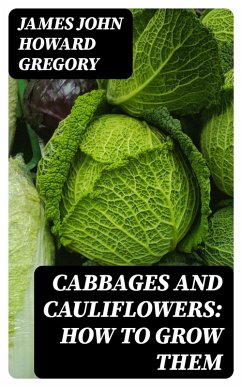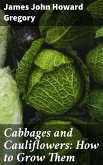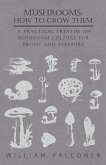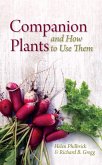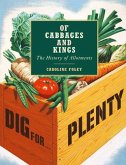In "Cabbages and Cauliflowers: How to Grow Them," James John Howard Gregory presents a comprehensive guide to cultivating these vital vegetables. Written in a clear, instructive style, the book covers the entire horticultural process, from soil preparation to pest management, emphasizing practical techniques for the amateur gardener. Gregory's work is a reflection of the era's burgeoning interest in self-sufficiency and organic gardening, positioned within the Victorian agricultural discourse emphasizing both ornamental and edible flora. He combines his personal experiences with meticulous research, demonstrating an accessible yet authoritative approach to horticulture. James John Howard Gregory, a noted horticulturist and a passionate advocate for agriculture, draws from his extensive background in botany and farming. His life experiences in the rural landscapes of 19th-century Britain, where he engaged directly with cultivation practices, inform the ethos of this guide. His commitment to educating the public on sustainable gardening reflects the transitional period in which he lived, where knowledge was transitioning from esoteric to accessible. This book is a must-read for both novice gardeners and seasoned horticulturists alike. Gregory's insights into cabbage and cauliflower cultivation not only enrich one's understanding of these vegetables but also inspire a deeper appreciation for the role of growing food in today's world. Readers will find themselves equipped with practical skills and a renewed passion for gardening.
Dieser Download kann aus rechtlichen Gründen nur mit Rechnungsadresse in A, B, BG, CY, CZ, D, DK, EW, E, FIN, F, GR, H, IRL, I, LT, L, LR, M, NL, PL, P, R, S, SLO, SK ausgeliefert werden.

